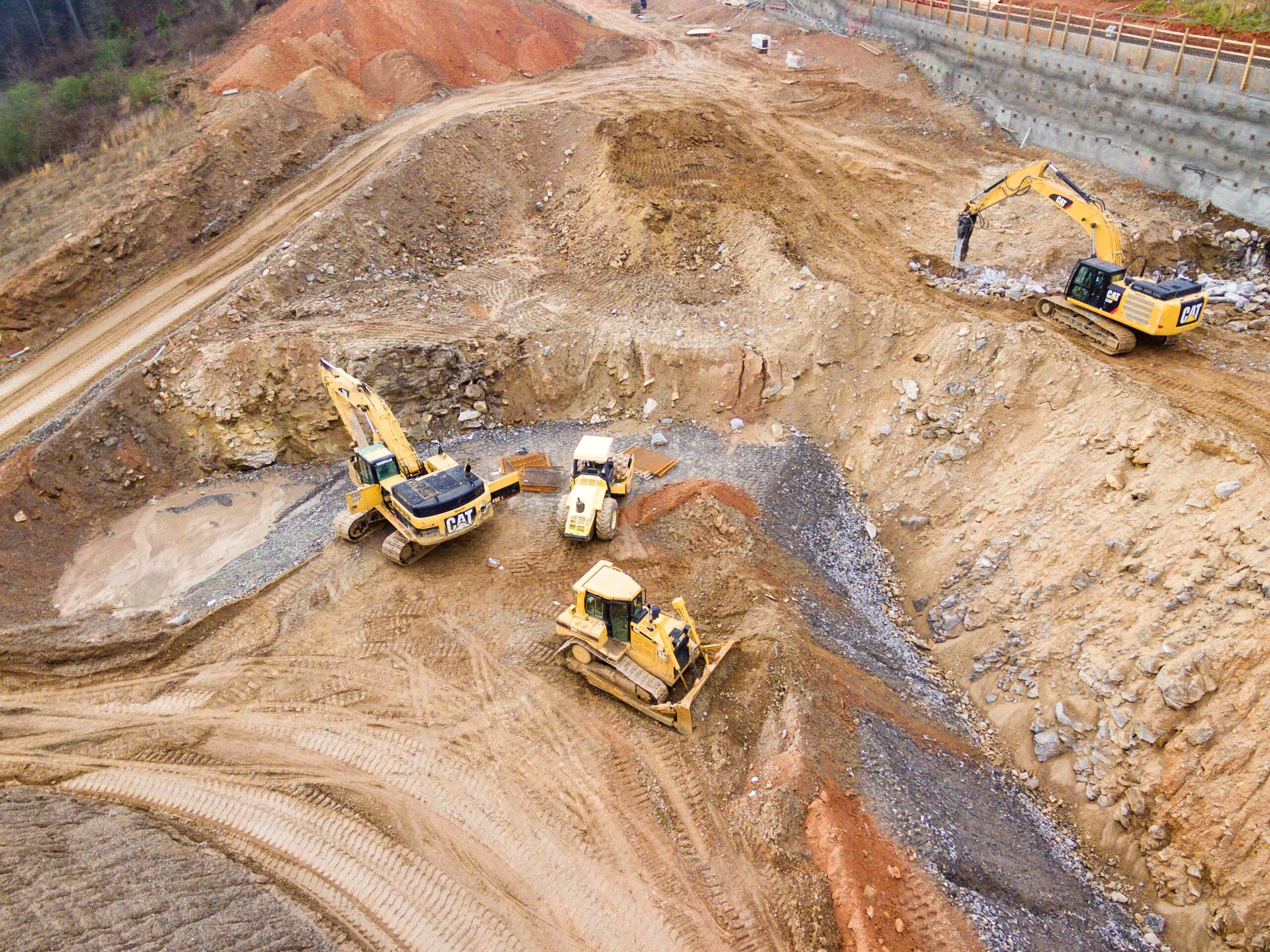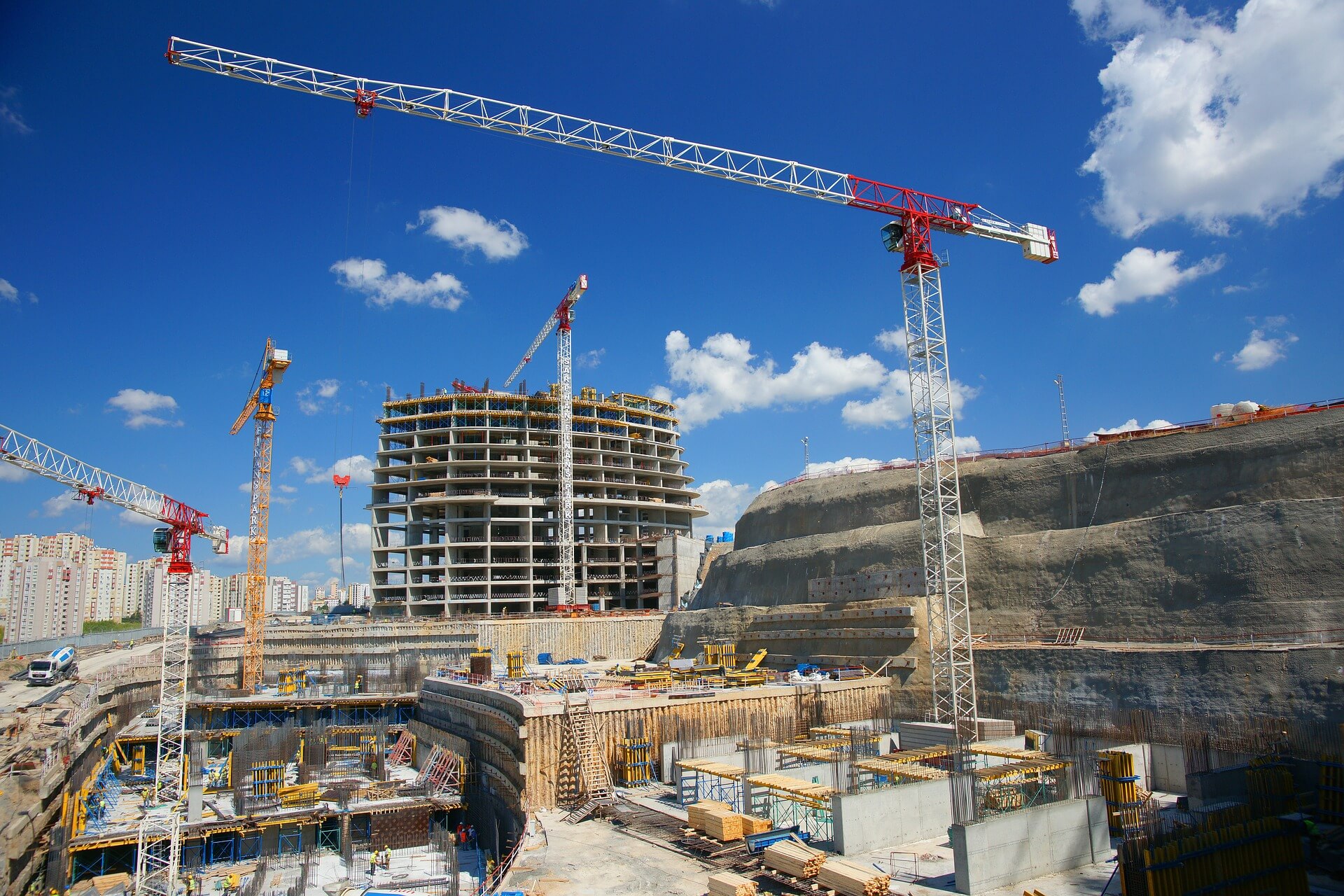Are you feeling the pressure of rising costs? You’re not imagining it. Wages are up 10.5% from pre-pandemic labels, and materials have skyrocketed 42.5%, according to JLL’s Construction Outlook. Combine that with the rising price of fuel, and suddenly your already tight margins just got a heck of a lot tighter.
How is the industry responding? Well, while general contractors and construction firms are charging clients more, they’re not quite keeping up with rising costs that have increased 10.1% in just the last year.
But there’s a light at the end of the tunnel. The industry still faces a backlog, which means 2023 is primed for growth. Getting your numbers right is crucial to your success, and that means streamlining your cost management processes.
Here, we’re walking through how to adjust your cost management strategy, so you can streamline operations, keep up with rising costs, and still stay in the black.
Key Takeaways:
- Make sure compliance is up to date
- Sync up your ERP with real-time job site updates
- Keep your data airtight
- Use data and time tracking to build accurate estimates
___________________________________
#1. Keep up with safety requirements
When margins are this tight, there is no room for preventative on-site incidents or getting fined for not having the right certifications. Managing compliance is critical to keeping costs low and workers safe.
As we head into 2023, now is a great time to make sure you’re up to date on:
- OSHA enforcement initiatives
- Legal concerns related to alcohol and drug testing compliance
- Policies pertaining to prevention of workplace violence
- Cost saving steps in incident investigation and prevention
- Effective changes in leadership strategies and overall safety engagement
- Insights that lead toward better communication and connection with the workforce
- The latest advancements in safety tools and technologies
Check out Assignar’s Safety Compliance Checklist for the Jobsite, here.
Tracking compliance doesn’t have to be a headache, either. By using a digital solution, you can take a lot of the tedious manual work out of compliance upkeep, and lean on the technology to keep things up to date for you. A digital solution can help you:
- Achieve active year-round ISO and OSHA compliant success
- Eliminate last-minute audit countdowns
- Keep track of compliance standards, so you never accidentally schedule a crew member with a lapsed license or certificate.
- Manage jobsite compliance with pre-start checklists, compliance forms, and any other required forms, so you can address any problems before they lead to hefty fines or costly incidents.
- Automatically send necessary forms to subcontractors before they begin a project.
- Keep all documentation easily accessible through one digital portal.
- Accurately monitor, track and report safety incidents.
Download Assignar’s construction health and safety forms here.
#2: Efficiently Manage costs
You’re likely managing costs one of two ways:
- An accounting software program like Quickbooks, or an enterprise resource planning (ERP) tool
- Manual system that includes spreadsheets (like Google Sheets or Excel), whiteboards, pen and paper
While both of these systems can get the job done, they are both missing a crucial element of a streamlined cost management system—real-time updates from the jobsite.
The missing link with an ERP
If you use financial software or an ERP, you’re already ahead of the curve in adopting digital solutions for construction. The gap here is that it still requires someone, a busy employee, to manually update your ERP system with the updates from the jobsite. In the world of construction, this can mean a lot of upkeep.
A digital solution that is specifically designed to monitor the day-to-day operations of a project, with real-time updates from the jobsite, is the bridge needed to keep your ERPs up to date without manual data input.
“With Assignar, we integrate with an ERP to provide the actuals of what’s happening on site,” says Assignar Account Manager Frank Erdes, “This way you can easily track the actual costs and what’s occurring every single day.”
The spreadsheet disconnect
Here’s the thing—spreadsheets work. There’s no denying that a simple analog system can’t keep things moving. But with construction tech available, it’s no longer the fastest or most efficient way; and the extra hours that an analog system takes to maintain could be the difference between breaking even and making a profit.
These methods take up time and leave a lot of room for error. Where Erdes sees the breakdown is in tracking accurate data on the day-to-day operations from the jobsite.
“It’s getting the actual data on what the costs of everyday operations are. That’s generally where the challenge is,” he said. “You’re trying to find out how many workers are on site, how many machines and materials they’ve consumed throughout the day. Usually there’s a bit of a lag.”
Sometimes, project managers have to drive to each site to collect the paper dockets, Erdes said. This drives up the cost of time and fuel. Not to mention the possibility of paper dockets getting lost in a truck or a machine, which then delays the data input for another few weeks.
“It’s a piece of paper. It could be anywhere, right?” Erdes said. “At the end of the day, it might be two to three weeks until you’re actually able to get that information in, and you may not know if you’re making money or you’re losing money on site.”
When it comes to streamlining your cost management system, we recommend using a cloud-based platform to accurately and efficiently track your dollars. Here are a few reasons why:
- Subcontractors can input data directly into the platform through their smartphone, eliminating the need for paper dockets that are easily misplaced and saving them the time of driving to the office to manually deliver the data.
- Project managers automatically have accurate data populating your cost management system, saving them hours of manually inputting information from paper dockets into spreadsheets.
- The ability to see the jobsite data in real-time gives you a truly accurate look at the cost of the project. Do you need to renegotiate your proposal? Adjust the timeline? Having this data at your fingertips allows you to make proactive decisions, and communicate clearly with your team and with the client.
There’s a lot of work for construction companies out there, but there’s also a lot of competition. When you don’t have a strong competitive advantage, you compete on price—a race to the bottom and a threat to your already decreasing margins. If you want a competitive edge, you need to embrace technology.
#3. Collect Accurate field Data
Every cost management system relies on data. And when every detail counts, this data must be as accurate and airtight as possible. Here are a few recommendations to collecting and maintaining accurate data:
Use a cloud-based digital platform that everyone can use to input data.
We’ve just covered how tracking data through paper is prone to error. It can get lost, it might not be exactly accurate (maybe someone wrote down 6 hours instead of 6.5), and the process of transferring it to a spreadsheet leaves room for human error. While some errors might go unnoticed, it only takes one big one to mess with your projections and throw off your project completely.
Instead, consider a cloud-based platform that has a mobile application, so subcontractors can access it from their phone. This way, they can input their hours directly from the jobsite.
Verify data by making it collaborative, avoiding information silos.
Whereas spreadsheets are usually run by one person, a digital platform allows for general contractors and other project managers to access data whenever they need. By sharing information, leadership can make accurate decisions together and the team is informed without having to ask around for updates.
This also serves as a form of verification, by allowing general contractors to “sign off” on how many hours were worked, any delays that came up, and if there were any unique circumstances that day on the jobsite (weather, safety incidents, equipment maintenance, etc.)
#4. Use DATA for Forecasting
One of the purposes of a cost management system is to give you the information you need in order to build better project estimates. The more accurately you understand the cost of a project, the better you can predict what the next project will cost, identify patterns, and forecast with higher accuracy.
That said, the richer the data, the better. By tracking weather, machine usage, supply chain hold-ups, unplanned costs, hours worked, certification requirements, time to completion—every last detail of a job—with every project, you’ll have better numbers to predict what will happen next time. For instance:
- There is a 5% chance of weather delays during this time of the year.
- We didn’t need this piece of equipment, and it sat idle for 5 hours.
- We had too many workers on site at this stage in the project, leading to downtime.
Knowing who and what you have available—and using them to their fullest—is a key part of cost management. It allows you to measure reality against your estimates and quotes.
“A digital solution, like Assignar, tracks the hours for each piece of equipment—your excavators, your skid steers, bobcats, all of that,” Erdes said. “So if you are quoting a thousand hours of excavation, we make sure you actually stick to it. Or, if you’re going over, you know you’re losing money at that point.”
Erdes said that by not tracking this data, many construction firms are leaving money on the table.
“They might have 20 workers on site, but if they had the right systems or used the right data, you could have done it with five people,” Erdes said.
The best thing you can do for your cost management system is adopt a digital solution.
The construction industry signs are all clearly pointing to one thing—digital transformation. The digital era is here. The right technology isn’t an operating cost—it’s an asset. It helps you get data to the client faster, optimize your workforce and manage your costs. During a time of increased opportunity and cost, you need a digital solution that can prepare your company to take on more work while expanding your margins.
Construction cost management, in particular, must be an exact science. Even shaving 1% off a construction budget can mean significant savings and increased profit margin. The construction firms that treat it this way will rise ahead. Those that take a more lenient and relaxed approach—sticking to pen and paper and hoping for the best—will inevitably fall behind.
“The client is going to see it and think, ‘These guys are back in the Stone Age. Why would we go with them when we can get someone out here that has the proper systems in place?’” Erdes said.
It may take a short-term-pain-for-long-term gain approach; adopting new technology is not an easy leap. But it is the best way to build a cost management system that is accurate, efficient, and sets you on the path to profitability.
Take the first step to streamlining your cost management system.



